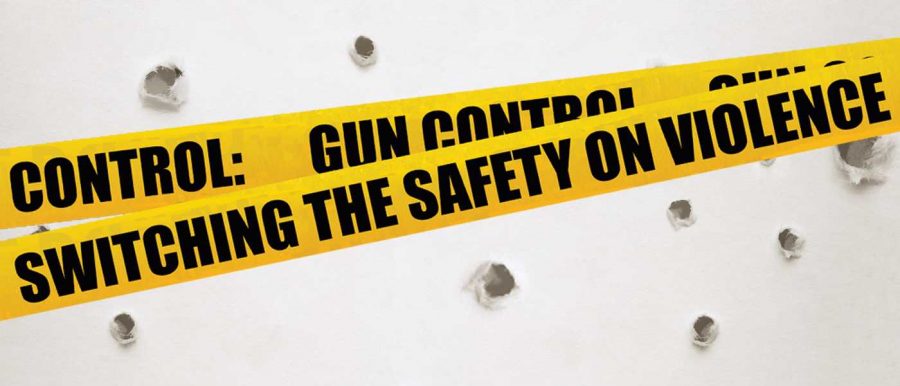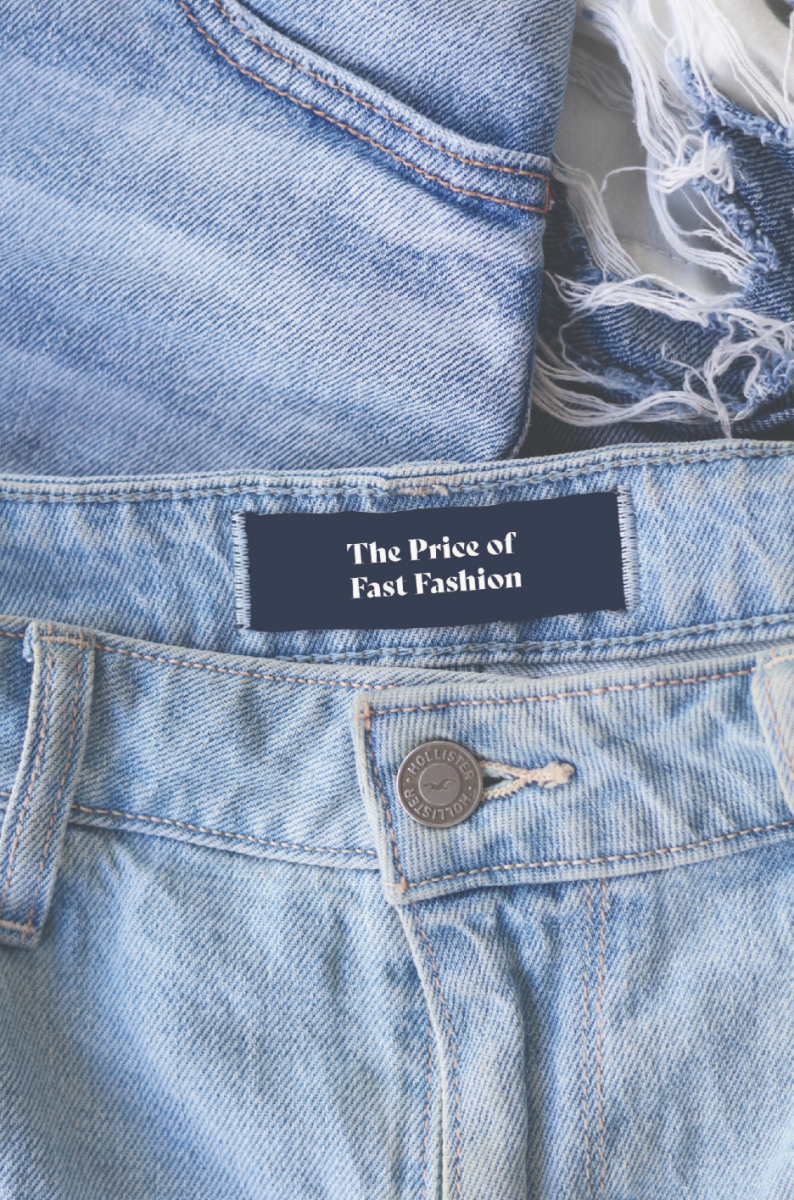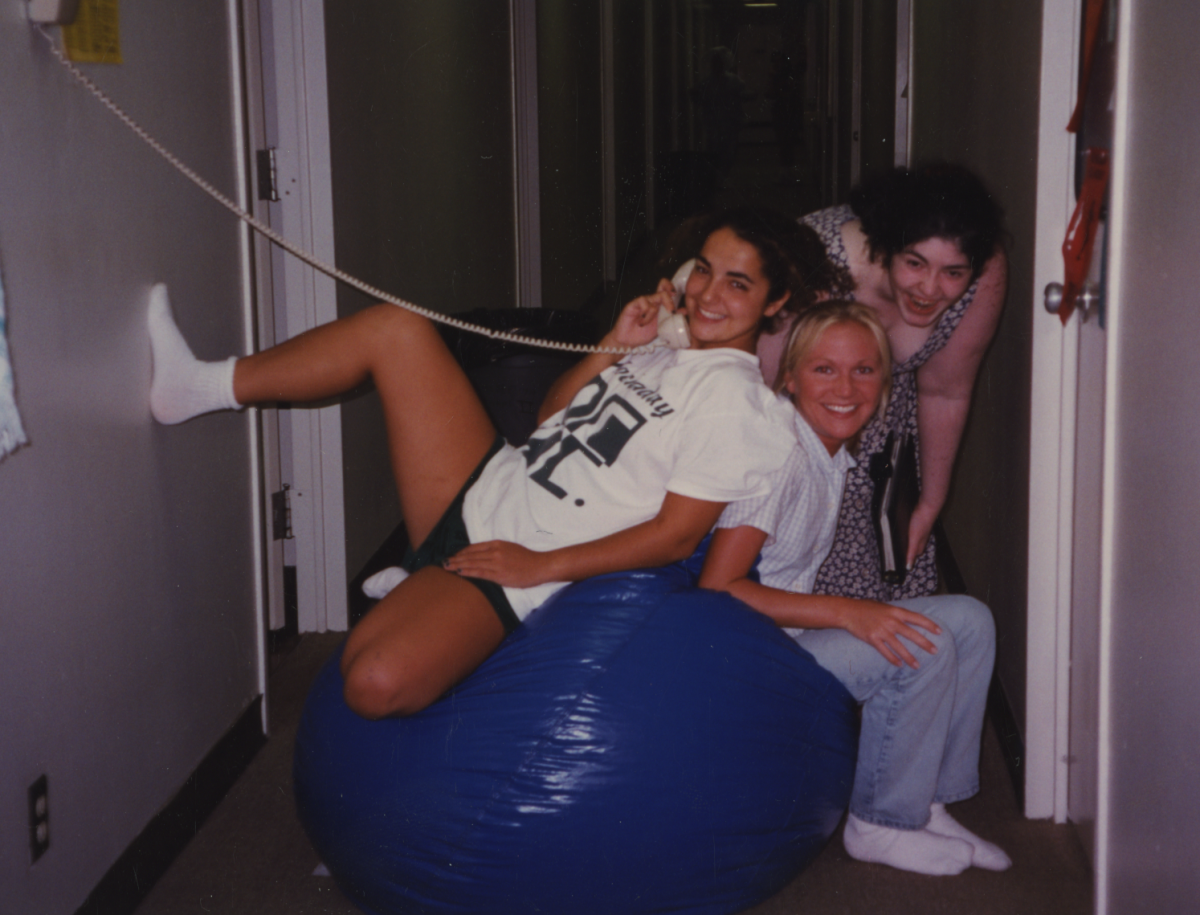On Aug. 1, 1966, former U.S. Marine Charles Whitman walked to the top of the clocktower of the University of Texas at Austin with five firearms. Ninety-six minutes later, 13 people were dead, 30 injured.
On Aug. 1, 2016, exactly 50 years after Whitman’s attack, UT Austin will pass a law legalizing concealed carry on campus, as will the rest of the four-year colleges in the state of Texas. As the legalization of concealed weapons on campus approaches, the topic of gun violence and the factors that cause it are fresh on the table.
Hiding the Threat
Since that shooting in 1966 – one of the first major campus shootings in American history – seven other states have legalized campus carry in efforts to make their campuses more accessible to their CLH (Concealed License Handgun)-holding students.
Apart from Texas, the other states with campus carry are Colorado, Idaho, Kansas, Mississippi, Oregon, Utah and Wisconsin.
Campus carry has already been enacted in other states, with degrees of success when it comes to on-campus violence, or rather the lack thereof. Because of this, those who are pro-campus carry and want that freedom in Texas can point to those examples.
For example, in Colorado, which has legalized concealed carry on-campus for the longest amount of time, there have been severely limited instances of gun violence in their two largest state universities (Colorado Boulder and Colorado State). Colorado State has had zero incidents involving a CLH student since 2003, when campus carry was legalized. At Colorado Boulder, the only incident involved a faculty member who accidentally discharged her weapon while showing it to a colleague.
However, not all states have seen the same rate of success.
On Oct. 1, nine were killed at Umpqua Community College in Roseburg, Ore. Although there was at least one student with a concealed weapon present while gunman Christopher Harper-Mercer shot his teacher and eight students, the holder of the concealed weapons license made no move to stop the violence.
Following this shooting in Oregon, President Barack Obama addressed the press from the James S. Brady Press Briefing Room, ironically named for Reagan’s Press Secretary who was injured in an assassination attempt on the former president.
President Obama’s speech condemned the “routine” of mass shootings, and implored American citizens to take the legislation of gun control into their own hands. Furthermore, for those who hold concealed weapons licenses, the President asked those citizens to really think about organizations that speak for them.
Concealed weapons holders go through extensive training to receive their license, but their first reaction in a violent situation is not always to go for their gun. Especially in self-defense situations, there is always the chance that the attacker will wrestle the gun away from the defender, leading to a potentially deadly situation.
And, as the anonymous Umpqua student stated, if he had his gun out, the SWAT team could have assumed he was with, not against, the shooter.
However, when there is no ongoing violence, concealed carry on campus could actually be fairly safe.
Eric Fritsch, Ph.D, professor and chair of the Department of Criminal Justice at the University of North Texas, is a former police officer who is also leading the task force to bring the campus carry law to UNT.
“UNT, as well as other state universities, have the ability to carve out…places on campus in which guns will not be allowed, even by concealed handgun holders,” Fritsch said.
But there are limits to gun-free zones.
“We couldn’t say that campus carry is not allowed in classrooms, because then students who are CLH holders cannot go to class and faculty who are CLH holders cannot go to class,” Fritsch said. “Basically, [that] nullifies the intent of the law, so we have to be very strategic in identifying these [gun-free] areas.”
Some university administrators, such as Jessica Gullion, Ph.D, assistant professor of Sociology at Texas Women’s University, fear that guns in classrooms will lead to grade inflation.
If that student had a weapon on their person, the heat of a moment over a paper that could make-or-break someone on scholarship could have deadly effects for the grading teacher.
“In my five years as a college professor,” Gullion wrote in a column published online in Newsweek, “I have had experiences with a number of emotionally distressed students who resort to intimidation when they receive a lesser grade than what they feel they deserve.”?
Rules and Regulation
While the campus carry law is brand-new to the state of Texas, gun control laws have been federally regulated since 1934.
Russ Morrison, public information officer for the Dallas division of the Bureau of Alcohol, Tobacco, Firearms and Explosives (ATF), harkened back to the beginnings of gun control.
“The ‘60s are known as the most violent decade in this country’s history,” Morrison said.
Following three infamous assassinations in particular – the deaths of Martin Luther King, Jr., as well as President John F. Kennedy and, later, brother Attorney General Robert Kennedy – Congress devised the Gun Control Act.
“[The Act] set up a whole category of people who were prohibited from possessing firearms. For instance, a person convicted of a felony could not possess a firearm or ammunition,” Morrison said. “Even if [a convicted felon] has just one bullet in their pocket, that carries weight.”
Even now, gun control is a hot topic in presidential debates.
Typically, right-wing candidates favor reduced gun control and a protection of the Second Amendment; Ted Cruz and Rand Paul have both voiced great support for the rights of gun holders. On the other side of the spectrum, Democratic candidates like Hillary Clinton and Bernie Sanders are more in favor of stricter gun control.
However, the debate over gun control isn’t solely limited to presidential candidates and political figures.
Junior Gabriella Sanford grew up around guns, learning to shoot targets on her uncle’s farm in Minnesota. Her view on gun control is that it should be centered more around education than around any attempt to revoke citizens’ gun privileges.
“Contrary to popular belief, the [National Rifle Association] does preach gun safety [and] proper usage,” Sanford said. On NRA campaigns focused toward children, Sanford said, “Some people were saying it was propaganda. It was actually just telling kids, don’t touch your parents’ guns without their permission [and to] always use it under supervision.”
On the other hand, sophomore Shelby Schultz’s family has only the slightest bit of connection to guns: her father owns a movie theater, and especially following the Aurora shooting in 2012 during the midnight premiere of The Dark Knight Rises, has been focused on making the theater a safe place for moviegoers.
Schultz says that, although the topic is a difficult one to discuss, she and her family have talked about gun violence before, especially pertaining to movies and other media.
“We really need to educate people about it if we’re going to watch all these movies with terrorists and [TV shows like] Wicked City,” Schultz said. “There really needs to be a conversation in teaching everyone about the real-life [issue].”
Crime in the City
Although the majority of the American population has only settled en masse in cities for the past couple of decades, it seems that urban areas have always been a hotbed for crime and violence, no matter the weapon. Guns, and easy to access to them, speed up the process.
Within recent years, a trend has become apparent: States with strong gun laws, such as Illinois and New York, also have the highest amount of gun-related urban crime (in 2013, Chicago and New York City were numbers two and three on the list, behind only Los Angeles).
If it’s hard to obtain a gun in those states, why are the gun violence numbers spiking?
The answer is simple: Numbers don’t lie.
Stefano Bloch, Ph.D, is a presidential diversity fellow and professor of Urban Studies at Brown University.
“While there may be cultural or even economic explanations for increased gun violence in urban areas, I think increased gun violence in urban areas is really about sheer numbers and proximity,” Bloch said. “[There are] more people to get hit by bullets and more people to fight with…it’s as simple as that.”
Bloch describes the Urban Studies program at Brown as a diverse, interdisciplinary look at every aspect of cities. A course he teaches, entitled Crime in the City, examines urban criminality from different perspectives, be it political, economic or cultural.
Culturally, one association people may have about gun violence has to do with someone’s ethnicity. However, according to the Metropolitan Policy Program at University of California at Berkeley, those prejudices are unfounded. As communities have diversified, connections between races and gun violence have significantly diminished; between 1990 and 2008, gun violence committed by black citizens has halved, while that committed by Hispanic residents has nearly disappeared.
This does not mean, however, that everyone has grown less prejudiced in assumptions of gun violence perpetrators.
“Police officers judge people by their deeply superficial expressions of style as much as anything else,” Bloch said. “Seemingly superficial aspects of style matter deeply, and it affects how law enforcement see and treat individuals, both consciously and unconsciously.”
Bloch thinks that the issue of stopping gun violence is, at least theoretically, far outside the federal government’s purview.
“One of the biggest misconceptions people have about gun violence is that that which leads to gun violence is somehow organized or systematic,” Bloch said. “The misconception is that you can counter the messiness of gun violence with systematic, thoughtful, political change. I don’t think so.”
American Perception of Guns
Instead, Bloch has another tactic to limit gun violence, especially in cities. “We’ve seen, over hundreds and thousands of years of human history, that social and cultural shaming of certain activities leads to the decrease of that activity,” he said.
If the direction lies in a cultural shaming of guns, surely there must be a place, a generation in which to begin that transition away from the trigger-happy, war-movie-glorifying nation America is today.
On that note, the top four best-selling video games thus far in 2015 are all about gun violence. Numbers two, three and four (Grand Theft Auto V, Battlefield Hardline and Call of Duty: Advanced Warfare) are all first-person shooter games wherein the gamer plays as the shooter.
Sanford has friends who play violent video games and definitely thinks these contribute to the normalization of gun culture. “One, people who do that stuff all the time think they can actually shoot really well,” she said. “Two…I do think, to a certain extent, it will desensitize you to having that moral boundary line.”
Schultz agrees.
“We need the moral connection about how taking a life is taking a life. We’re disassociating violence and people actually getting hurt,” she said. “[On the Internet,] we’re used to being able to knock people down without seeing them react, or seeing how it affects them.”
While these games have utterly normalized the concept of pulling the trigger to many teenagers, the majority don’t seem to understand where gun violence really comes from.
In a survey conducted of 100 Hockaday students, 41 said that they thought mental illness was the main cause of gun violence; only 26 thought normalization of gun violence was the main cause.
“A majority of the time, the people who are committing acts of terrorism are just terrorists pushing an agenda and not necessarily mentally ill people,” Schultz said. “The big problem is that the only time we’re talking about mental illness is when we’re talking about gun violence.”
Schultz still has hope for improving the discussion surrounding what causes gun violence.
“I think in almost everything, if you take away the stigma and talk about the hard issues with everyone, then you’ll find a solution,” Schultz said. “You’re going to come to the truth eventually.”














